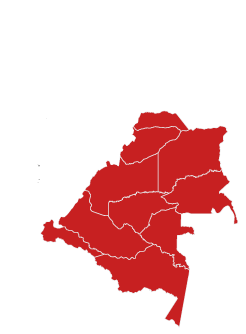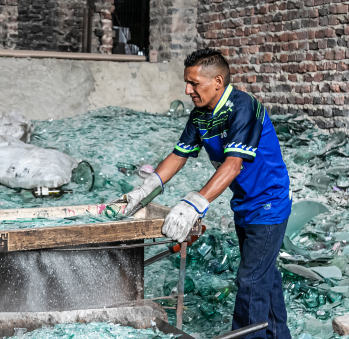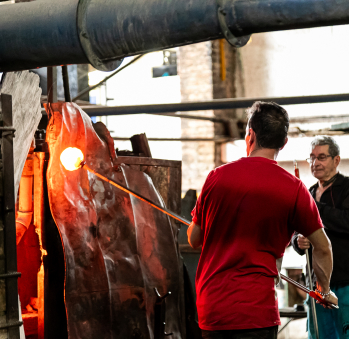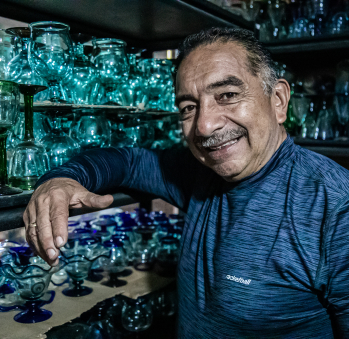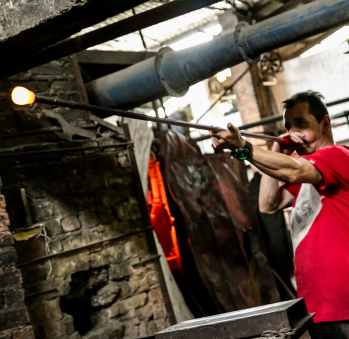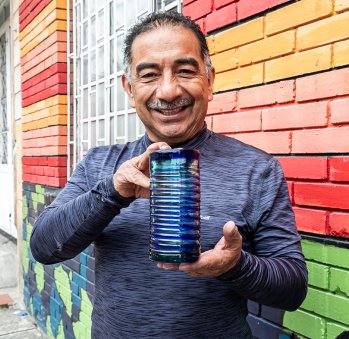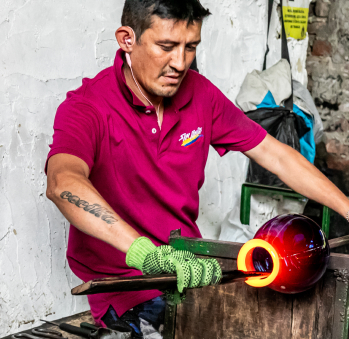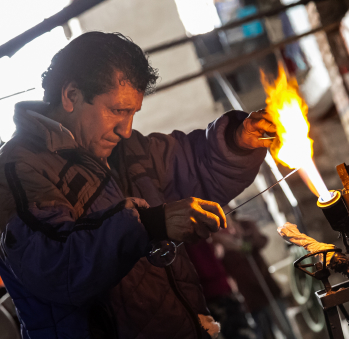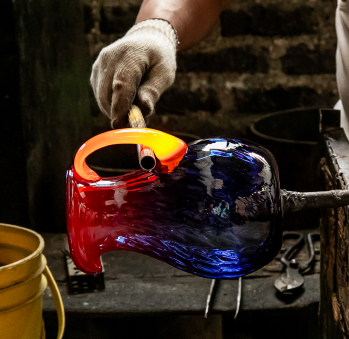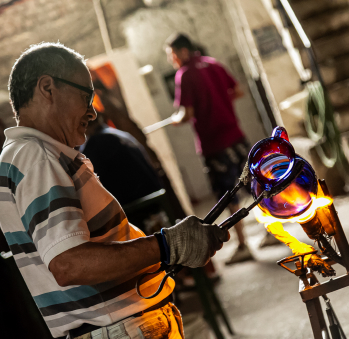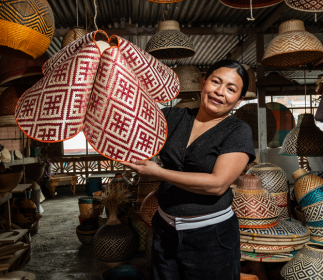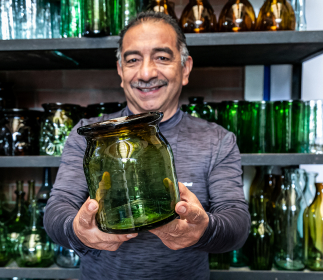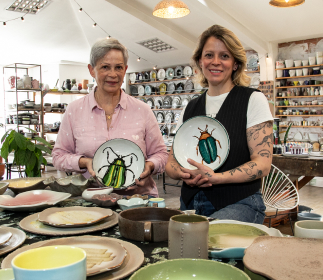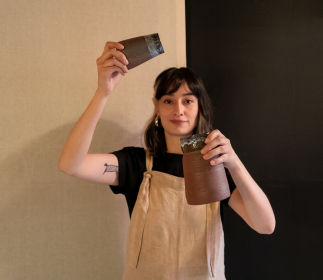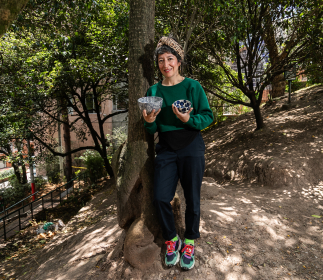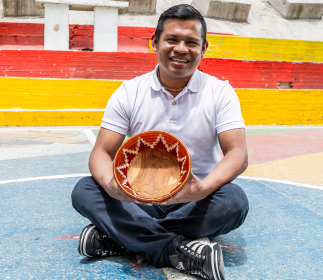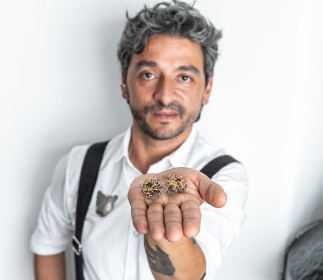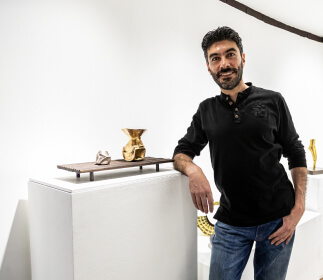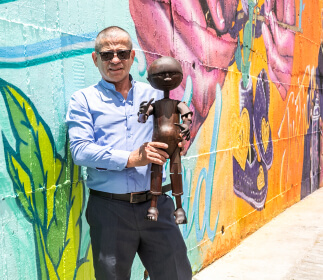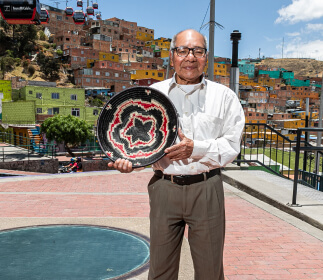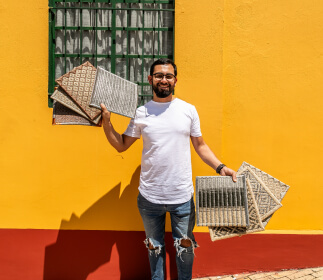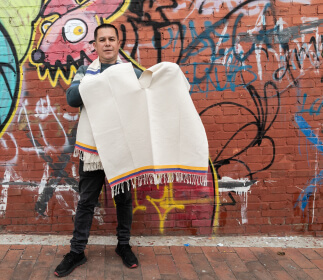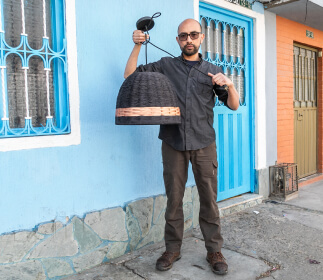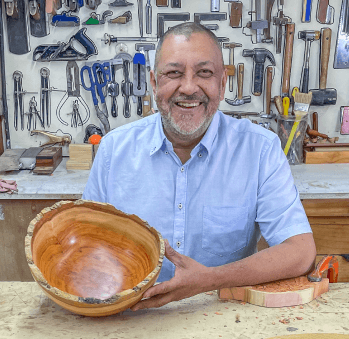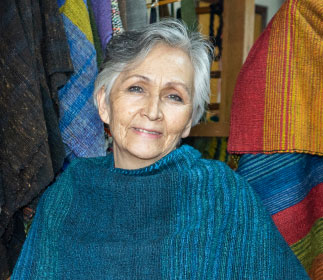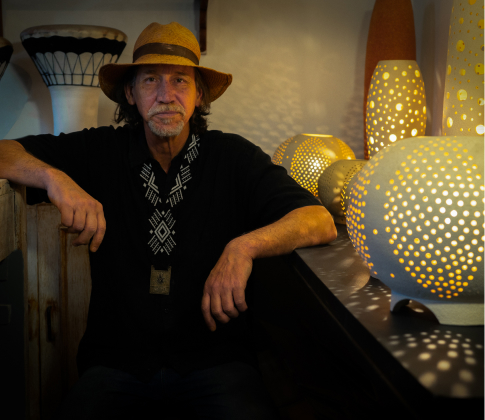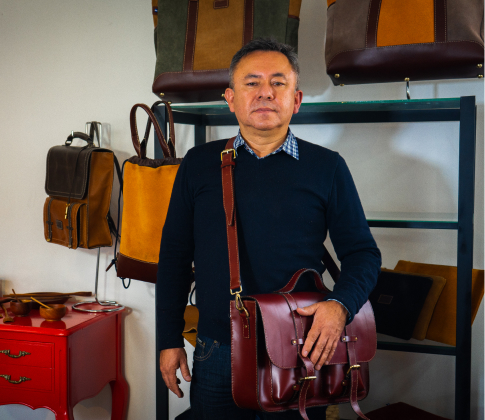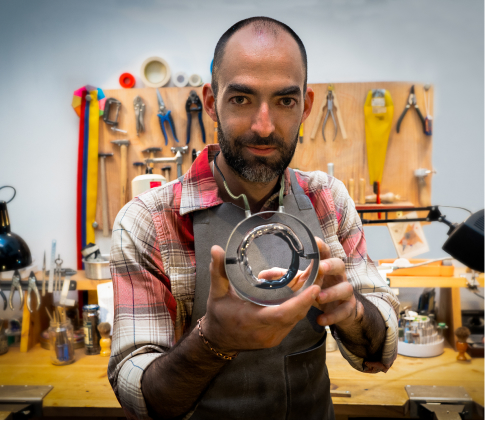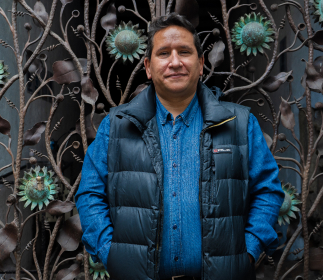Alejandro Pachón
Taller: Cristal artesanal ltda
Oficio: Glasswork
Ruta: Ruta Bogotá
Ubicación: Bogotá, Bogotá
Alejandro Pachón ha visto el vidrio desde siempre. Desde sus cinco años, para más detalles. Y lo aprendió de la mano de su padre, así como conserva el recuerdo de toda una infancia alrededor de muchos maestros como él. Tiene la triste fortuna de poder decir que conoció un barrio cuya actividad principal era la vidriería, el barrio de San Cristóbal, al sur de Bogotá. Y es triste porque hace mucho dejó de serlo, perdió su identidad por cuenta de la industrialización y él y sus hijos son de los pocos que conservan este saber artesanal único. Y aunque ellos mismos han crecido tanto que hoy cuentan con una línea de producción industrial, él por nada del mundo quiere dejar de producir vidrio artesanal. Porque le mueve todas las memorias y es allí donde se volvió un maestro vidriero hace ya más de 40 años.
Su historia es larga y cuando la cuenta parece que hablara de tiempos pretéritos, muy muy lejanos, esos en donde alguna vez una comunidad floreció por un oficio muy especializado que, trágicamente, desaparecería con la llegada de las máquinas. Pero esto no pasó hace siglos, pasó en los años 60 del siglo pasado cuando apareció Peldar, la empresa que produciría, de ahí en adelante, todo el vidrio consumido por el país, y, a su paso, haría desaparecer, uno a uno, los talleres de los maestros sopladores. Don Alejandro relata esto con un dejo de dolor en la voz, como imaginando lo que habría podido ser de su comunidad. Con todo, la vida le permitió preservar el oficio. Y esa sí es una fortuna.
Resulta que, a mediados de los años de 1970, la directora de Artesanías de Colombia, Graciela Samper, vio la necesidad de revivir el oficio del vidrio pues ya llevaba más de una década fuera del radar. Para ello, le pidió al maestro Julio Vicente Pachón, padre de Alejandro, junto con otros dos maestros, otro de los cuales su tío Miguel, que emprendieran la tarea cerca de la sede de Artesanías, en Las Aguas, en el centro de la ciudad. Les ofrecieron un taller para que revivieran el oficio. Y lo hicieron, no sin sacrificio pues, recuerda con claridad las larguísimas jornadas de 36 horas, en donde se turnaban con su papá, para vigilar que nunca se apagaran los hornos. Allí, ya tenía 26 años y desde ese momento, el oficio se le volvió la vida.
Y habla del vidrio con cariño, así como de las cualidades del fuego, transformador primordial de esta materia prima. Eso sí, no le pidan que explique el proceso porque, insiste, eso hay que verlo en vivo y en directo, ser testigo de la maravilla que significa presenciar cómo el vidrio líquido adquiere formas a través del calor y llega a convertirse en un objeto, en esa jarra que todos tenemos que, dice, lo sacó de pobre, y que usaremos en nuestras casas sin preguntarnos cómo es que llegó a ser lo que es. En todo caso, para provocarnos, lanza una carnada exquisita, la jerga del mundo del vidrio, para tentarnos a ver de qué se trata cada palabra. Levantador de pie y pierna, levantador de posta, levantador de vidrio, soplador de vidrio, maquinista, abridor de copa… todos oficios dentro de la cadena de producción de una pieza de vidrio.
Así que ahí está la invitación: alistarnos para el calor, entregarnos al fuego y ver cómo esas decenas de artesanos van jugando a la alquimia para conquistarnos los ojos con sus manos.
Artesanías
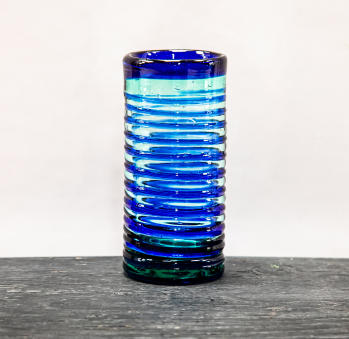
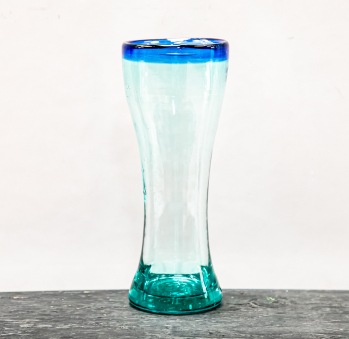
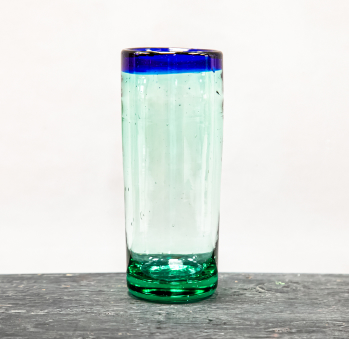
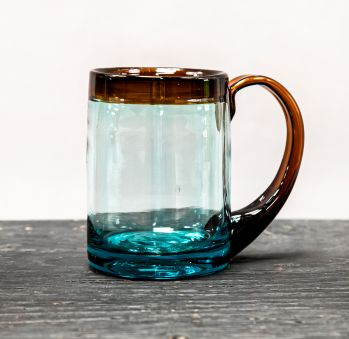
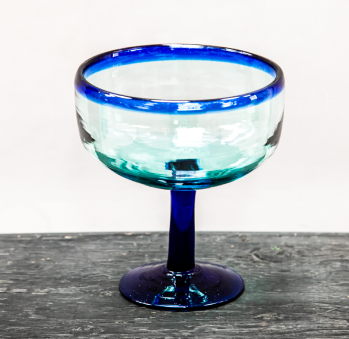
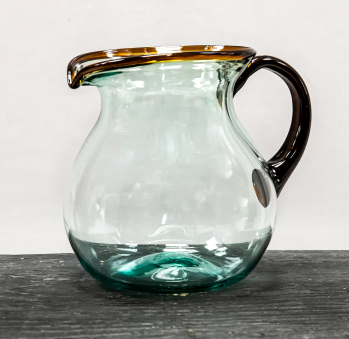
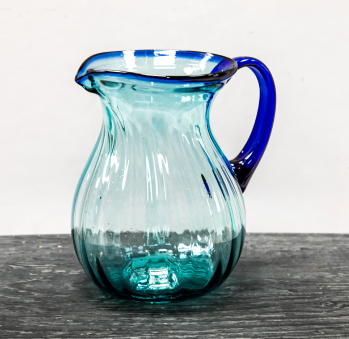
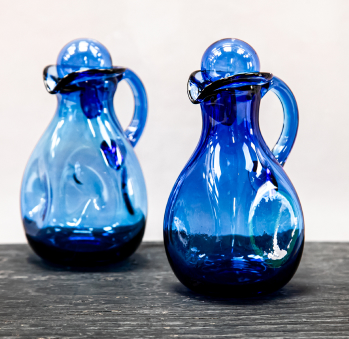
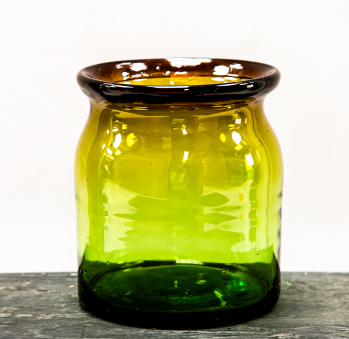









Artesanos de la ruta
Artesanos de la ruta
No puede copiar contenido de esta página


